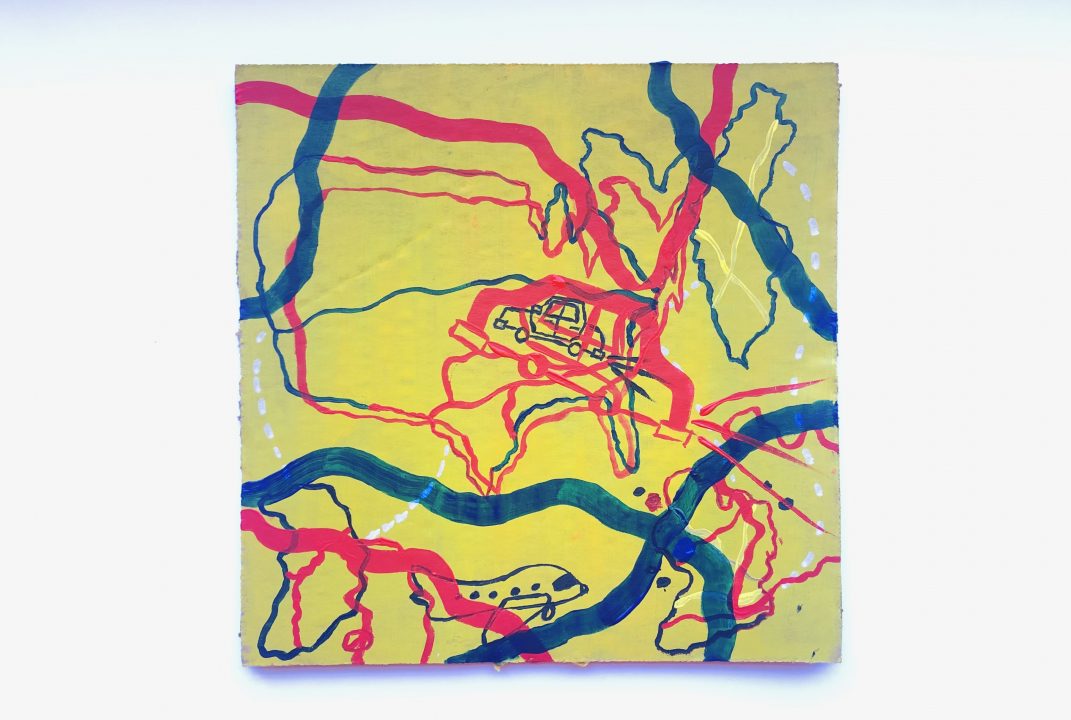Learning at the Hirshhorn
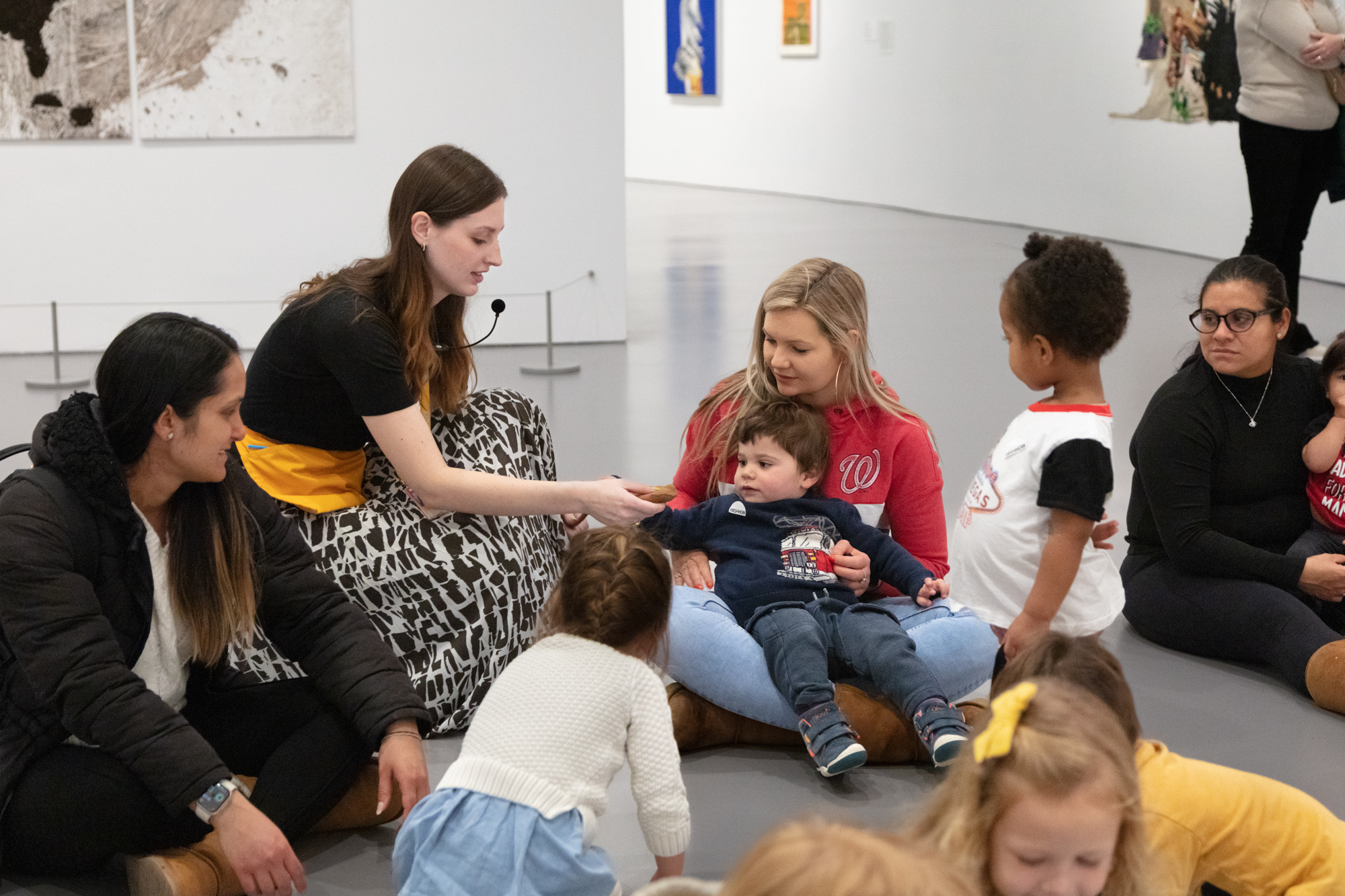
Think Like an Artist
The Hirshhorn’s Learning team uses the power of art to create experiences that leave lasting impressions and transform the way you think. Over the past decade, the Hirshhorn has focused on designing dynamic spaces that offer all visitors opportunities for active art-learning and art-making. With the introduction of programs that encourage repeat visits, such as Storytime and Hirshhorn Teens, participation in Hirshhorn Learning activities has increased tenfold since 2017. Our learning programs have expanded to include young learners, multigenerational groups, schools, teachers, teens, and a national audience with our ever-growing library of digital resources. Beyond the Museum, we extend our reach with Art School Everywhere, a series of digital resources including projects, artist bios, and more—making the Hirshhorn collection accessible wherever learners are.
The launch of Hirshhorn Art School in 2024 creates our first-ever dedicated education space in the Museum, offering new opportunities for hands-on programs for all ages and the introduction of “learning laboratories” for art education research. As we embark on learning together with our communities in Art School, this page will be updated with new research and understandings on the power of art to transform the way we think and learn.
Our Learning Philosophy
Everyone is an artist. Be transformed.
Art transforms our moods by bringing focus, calm, and joy.
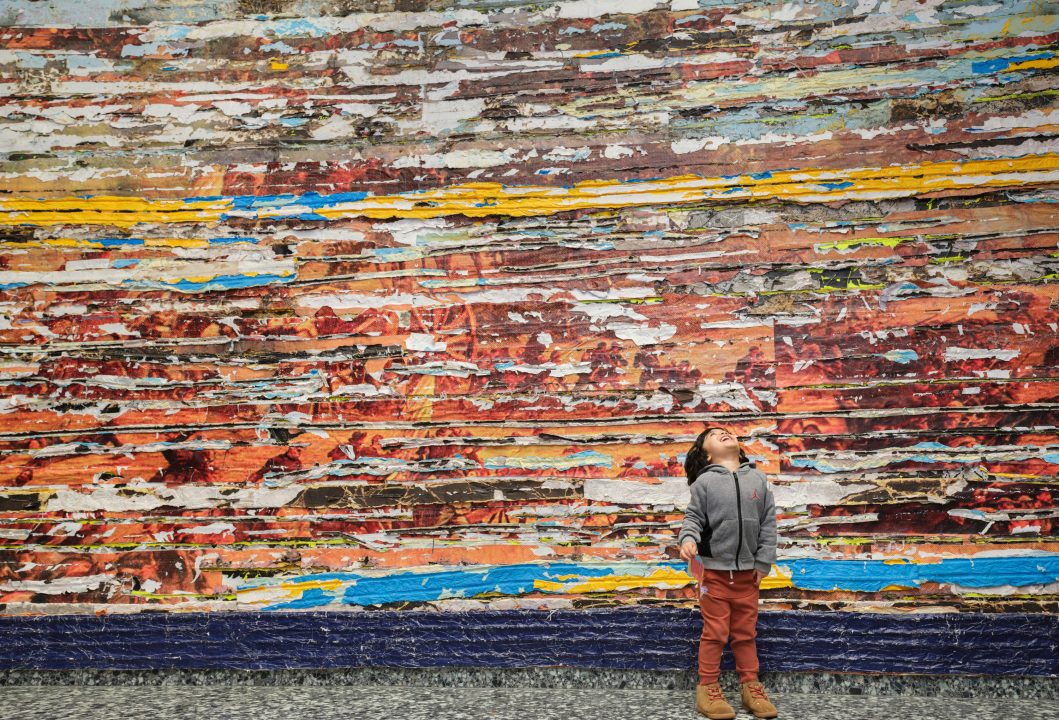
Art has profound impacts on mental health and well-being. “Creativity in and of itself is important for remaining healthy,” Christianne Strang, a neuroscience professor and the American Art Therapy Association’s former president, told NPR.
Hirshhorn Learning invites participants to slow down and embrace the restorative power of art. Boost your well-being, wherever you are, with projects inspired by Yayoi Kusama, Alma Thomas, or Mark Bradford.
In a 2018 study, Americans for the Arts found that nearly 70 percent of people believe the arts “lift [them] up beyond everyday experiences.” Engaging in art activities helps to reduce stress, encourages flow, and enables emotional expression, which all boost well-being. Learn more:
Art transforms our minds by developing skills critical for creativity and problem solving.

Making art strengthens people’s ability to think creatively, which has far-reaching applications beyond careers in the arts. According to Forbes, “Approximately 73% of organizations surveyed in the World Economic Forum’s Future of Jobs Survey reported that creative thinking skills was a top priority for them when considering talent as we move into the future, agreeing that this skill set is increasing in relevance and importance.” Hirshhorn Learning has pathways for all ages—from the youngest to the oldest—to build critical skills and engage with art and artmaking in innovative ways. Our programs create connections across disciplines through behind the scenes access for student participants, via collaboration with other Smithsonian Museums focused on science and history, and by encouraging creative thinking and adaptability. Experiment and adapt wherever you are inspired by Eva Hesse, Morris Louis, or Marcel Duchamp.
Engaging with art nurtures creativity and sharpens analytical skills which are highly applicable to various fields. Amy Herman, former Head of Education at the Frick Collection, suggests: “Art provides a safe space … to convert observable details into actionable knowledge.” Additionally, arts education is key to promoting academic success, especially for underserved students. This highlights the potential of art to support success in both professional and educational settings. Learn more:
Art transforms who we are by giving us tools to express ourselves.
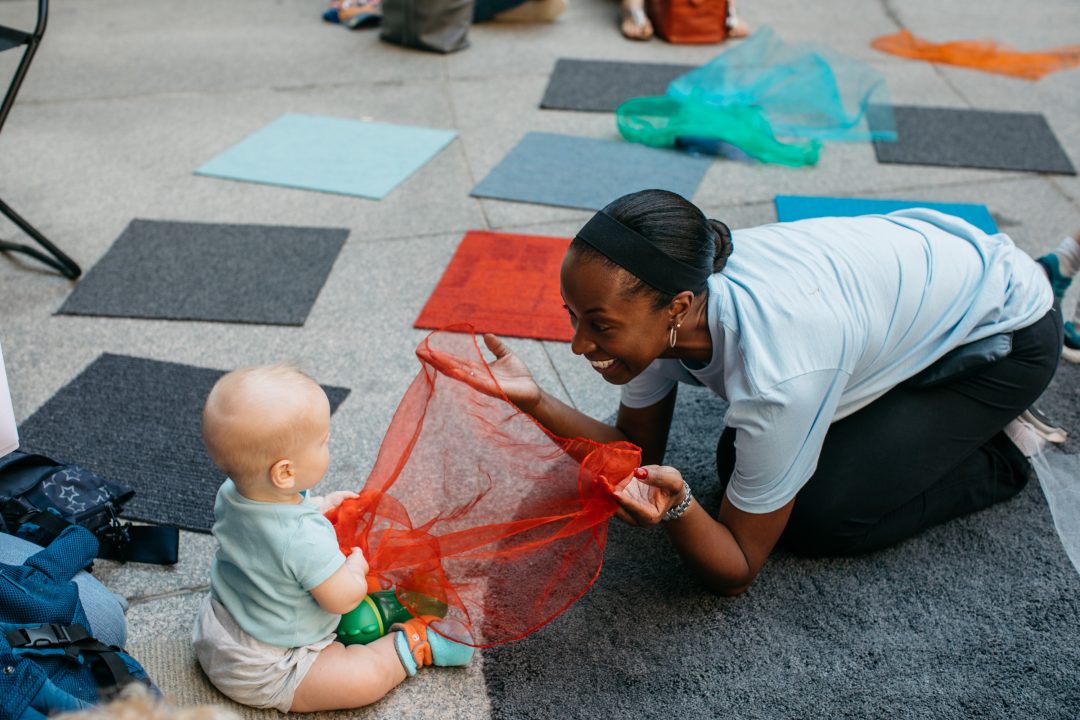
Engaging in creative processes allows people to explore and communicate their emotions, thoughts, and experiences, fostering deeper self-awareness and growth. The importance of self-expression cannot be understated: according to the National Opinion Research Center, “Involvement with the arts may increase long-term life expectancy and overall happiness.” Hirshhorn Learning offers a creative outlet that helps participants express their inner selves and develop a positive self identity. Express yourself wherever you are inspired by Deborah Roberts, Niki de Saint Phalle, or Herbert Gentry.
For adolescents, in particular, the arts offer a vital space for self-exploration, helping to develop a stronger sense of identity and personal empowerment. Art can play a powerful role in shaping positive self-identity by tools for personal expression and reflection. Learn more:
Art transforms our communities by connecting us to one another.
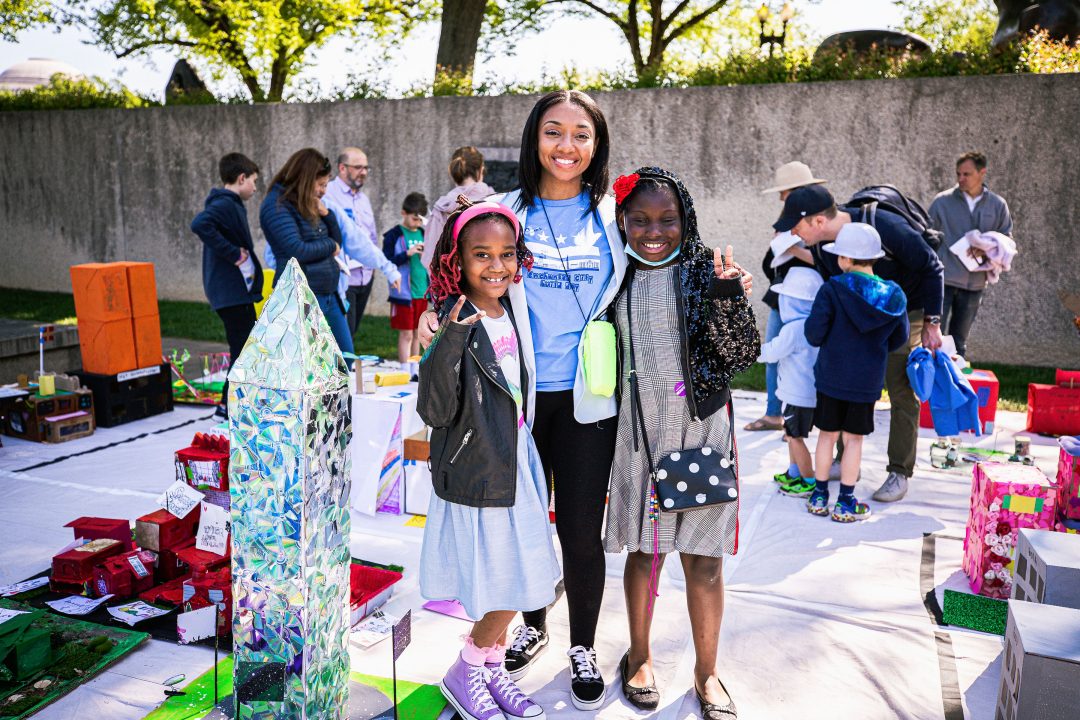
By bringing people together, artmaking strengthens our communities, creating spaces for shared experiences and collective growth. As noted by the National Opinion Research Center, “Arts engagement can play a role in shaping and reinforcing people’s cultural identity… and bridging relationships across races, generations, and political divides.”Hirshhorn Learning creates opportunities for all ages to connect and collaborate, building stronger communities through shared artistic experiences. Grow together, wherever you are, with projects inspired by Yoko Ono, Mark Bradford or Loïs Mailou Jones.
Want to learn more? 72 percent of Americans believe that the arts unify communities, regardless of age, race, or ethnicity, according to Americans for the Arts. Learn more:
Hirshhorn Learning Press & Publications
Press
- Modern Art For Kids: How The Smithsonian Makes Its Collections Come Alive For Its Youngest Visitors
- Interview with George Mason researchers
Publications








